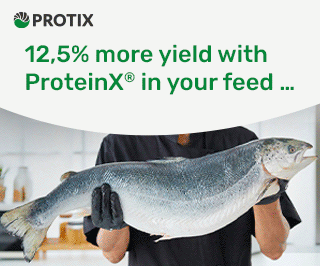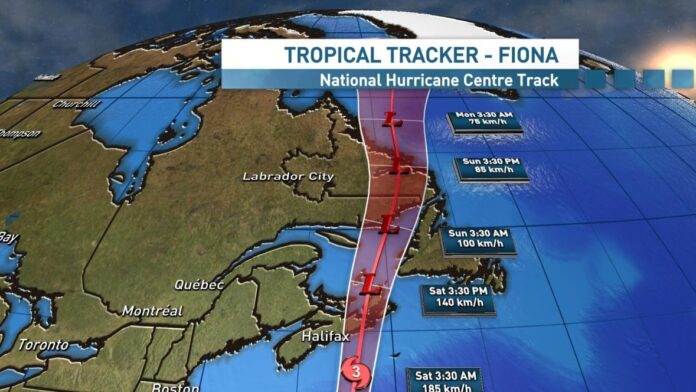SalmonBusiness is hearing from sources in Atlantic Canada that salmon farmers and their staff in the region have emerged unscathed from what is believed to be the most intense storm on record – winds of about 150 km/h – to slam into Atlantic Canada.
The region’s salmon farming sector has 8,000 workers and generates just under $2 billion in economic output. Mowi, Cooke Aquaculture and Grieg Seafood have operations in the region; in addition, AquaBounty has a hatchery/R&D facility in Prince Edward Island (PEI).
PEI was hit hard. Mowi, which like AquaBounty has a land-based hatchery/brood facility in the province, was said to be running on backup generators as the storm knocked out power to more than 500,000 homes and businesses in the entire region. Both operations were otherwise unscathed.
“AquaBounty’s PEI facilities weathered Fiona without incident due to the preparations and commitment of our PEI team members. Our farms have strict biosecurity protocols in place and are designed with multiple layers of containment to prevent escape protecting both our fish and the environment. The safety of our team members, our fish and our facilities are paramount to AquaBounty and all continue to operate without interruption,” Dave Conley, Director of Corporate Communications, told SalmonBusiness in an email.
Cooke Aquaculture, the largest salmon producer in Atlantic Canada with 125 farms (but none in PEI), reported that everyone was safe and that none of their land-based hatcheries and processing plants, marine-based aquaculture operations or vessels were impacted by the hurricane.
“By Friday of last week, our people had secured all vessels and service barges with additional lines and fenders deployed at sheltered wharves out of Hurricane Fiona’s path,” said Joel Richardson, VP of Public Relations at Cooke Aquaculture.
Richardson said every fish farm is custom engineered for each specific site. “Before establishing a fish farm, we collect oceanographic data then our engineers do computer modeling so we can predict potential storm impacts from severe weather events. They put all the wind and wave forces the farm site has got to withstand in a storm state and that tells us what the breaking strength or load factor is to verify the safety standard to meet.”
In Newfoundland, no casualties or infrastructure damage has been reported, as regulations require reporting of such occurrences within 24 hours. Salmon farms are concentrated in the south coast of Newfoundland – from Placentia Bay to Burgeo.
The Bays West area of Newfoundland had a “rough ride,” says a source, adding that Mowi is the only farmer currently operating there, but the farms were fine.
The Bays West area has been identified by Newfoundland as having the potential for commercial development, which could add approximately 15,000 to 20,000 MT to the province’s annual production of Atlantic salmon. Grieg Seafood is currently assessessing the area for its suitability for sustainable salmon farming after winning the right to do so in April.
“The industry was lucky; a little West and it would have hit Bay of Fundy and Nova Scotia. A little East and it could have hit Connaigre Peninsula in Newfoundland or Fortune Bay, or even Placentia Bay – but it didn’t, thankfully,” said a source.
SalmonBusiness has reached out to all companies but only Cooke Aquaculture and AquaBounty have so far responded as of the time of publication.



